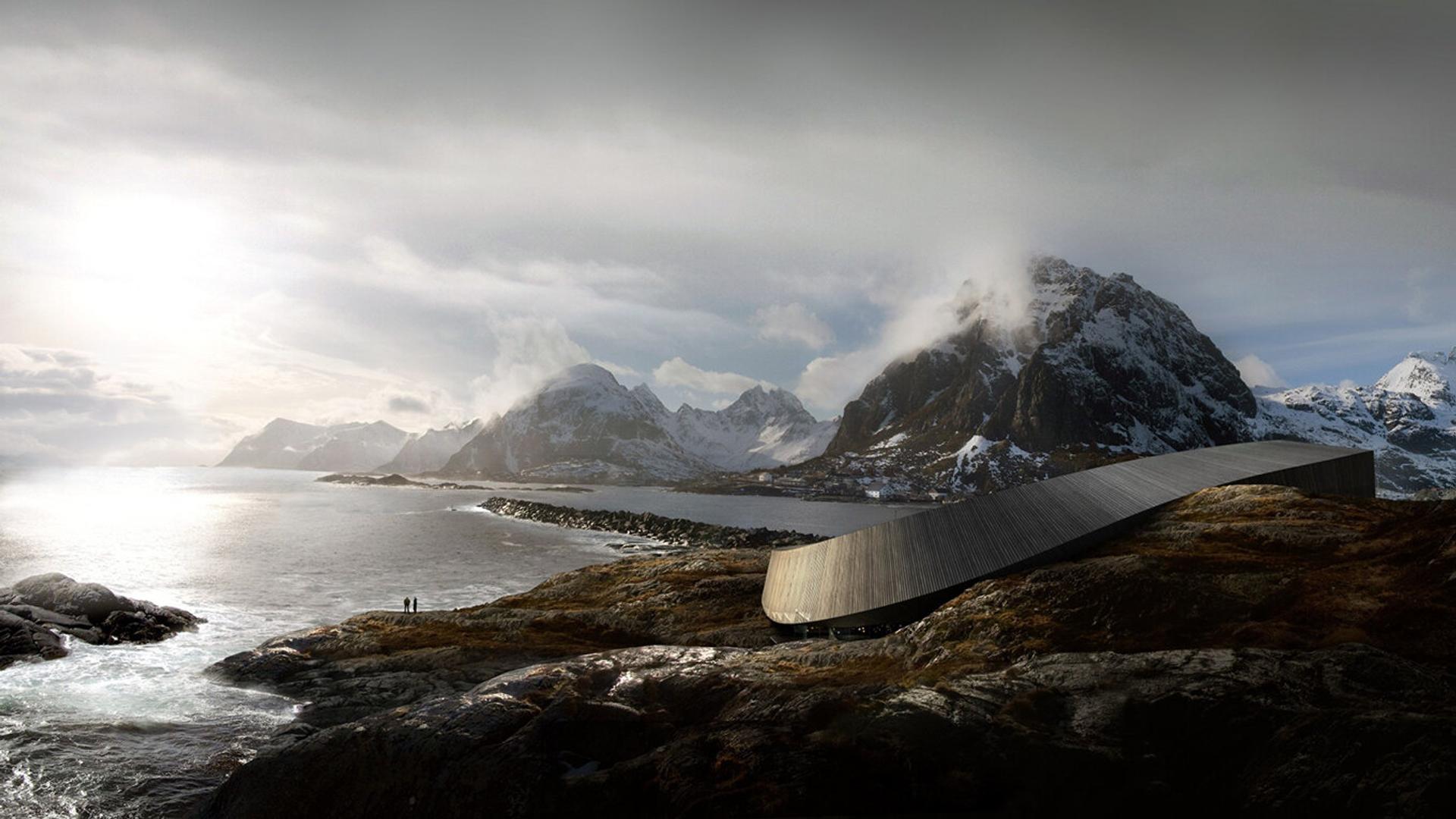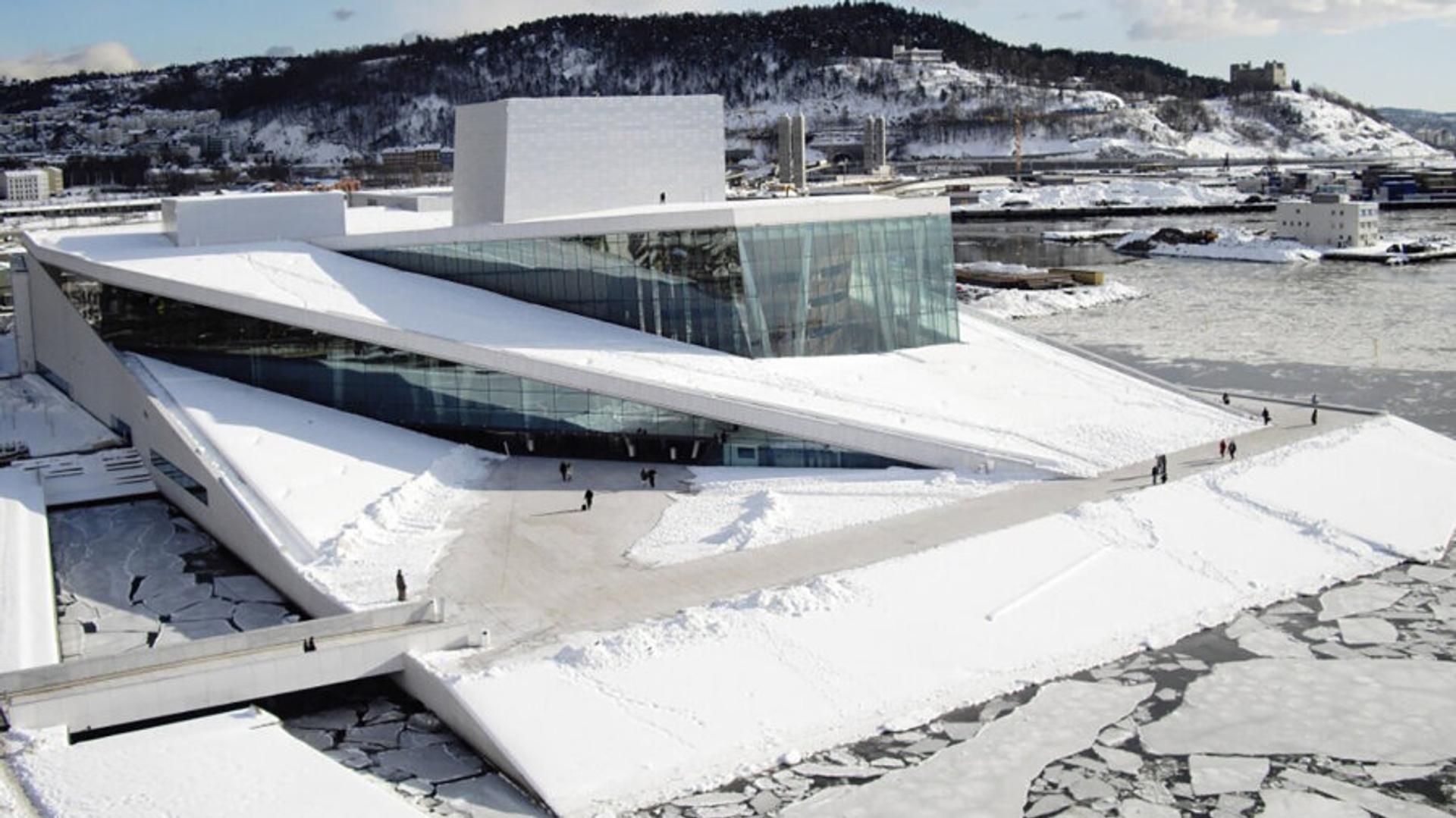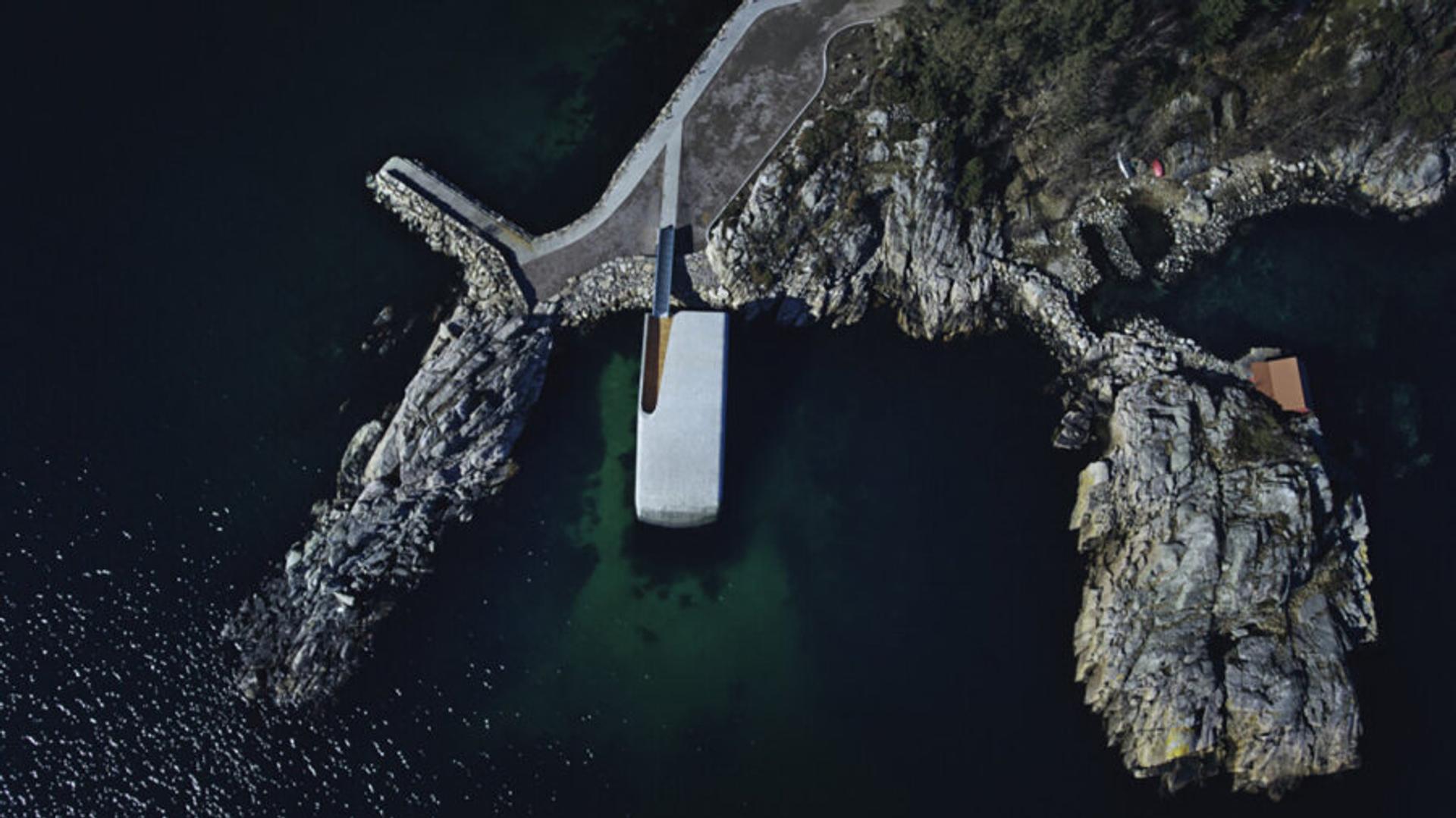Bringing ocean space into architecture


Kjetil Thorsen, founder and head of the architecture and design firm Snøhetta, has a passion for the ocean. In 1989 he became a celebrity architect nearly overnight when Snøhetta won the commission to design the new Alexandria Library in Egypt.
Since then, Snøhetta has cemented its status as one of the world’s most exciting and visionary architecture firms. The company has built a number of buildings of great cultural and historical significance, including the Oslo Opera House, the National September 11 Memorial Museum Pavilion in New York, and the Lascaux IV Caves Museum in France.
But when Thorsen, Norway’s superstar architect, speaks about the future, he zeroes in on his favourite topic: the opportunities and challenges related to ocean space.
“Waves, weather and wind have been our enemies, elements we must conquer. Women would stand and watch the sea for their husbands, fearing they would never return. Times have changed. We are on the verge of mastering the forces of nature in an entirely new way than before. Now, for example, there are supply ships that remain stationary in one position, barely moving a millimetre even in rough seas. Cities, which used to be built to shut out the sea, are now opening themselves to it,” he says.
Bringing ocean space into architecture
Snøhetta is making new waves in the architecture world, and in keeping with Thorsen’s passion, its focus is on the ocean. The firm, for example, has designed Under, a restaurant that lies five metres below the ocean surface, offering guests a panoramic view of one of the world’s most seldom-seen marine ecosystems while dining on world-class seafood.
Under has been constructed with rough, untreated concrete – but not to impress trendy tourists with a taste for Nordic brutalist architecture. Rather, the material was chosen to provide an inviting surface for marine life to inhabit, giving marine researchers a unique opportunity to come very close to the organisms they are studying. This aspect of the building is just as important for Thorsen as having a functional restaurant.
“Marine biologists I have spoken to have said that the insights they obtain from having a stable position in the beach zone is invaluable. Now, for the first time, they have a stable base underwater from which they can track variables such as light conditions and temperature fluctuations every single day. They can, for example, count the number of baby lobsters in a cubic metre of water in a single place – which is something completely different than diving,” he says.

Would like Google Maps for the coastline
Thorsen is a driving force for ocean management in other arenas as well. He would therefore like to see a comprehensive and precise mapping of the entire Norwegian coastline.
“I’d like to see an easily accessible ‘Google Maps’ of the coastline. A detailed overview over everything that is found 10 to 15 metres from the beach: spawning grounds, seaweed, kelp, pebbles, reefs and everything else.”
According to Thorsen, this information is vital to understanding the changes occurring in the ocean.
“It’s a useful snapshot. Many of the changes taking place in the ocean can be quickly traced back to the beach zone: acidification, temperature changes, marine litter, salt and oxygen content, and more.”
He is also concerned with the cultural ripple effects. Just as Google Maps have made geographical knowledge widely available in an entirely new way, he believes a map of the coastline can enhance the population’s collective understanding of ocean space.
“Norwegians lack an understanding of the value of our coastline in terms of global cultural heritage. With a comprehensive, popular scientific picture of the coastline we can make your average Norwegian aware of our ocean resources. This is also important in the context of discussions on coastal management – what can be built where along the coastline.”
Although ambitious, Thorsen believes that such an undertaking is feasible, even with today’s technology.
“Snøhetta has already used some of the technology. In the Lascaux caves, for instance, we had to scan the entire cave wall with an accuracy of three millimetres. There is nothing stopping someone for doing the same thing on the seabed.”

What is beauty?
When Thorsen and his colleagues sit down at the drawing board, they are concerned with more than what a building looks like and how it is experienced. They are therefore participating in the Norwegian Powerhouse collaboration to construct energy-positive buildings. These buildings will produce more energy than they use during their entire life cycle and will thus have a negative carbon footprint.
Thorsen does not deny that achieving ambitious sustainability goals means more work for architects.
“We have to expand our knowledge base considerably. We must, for example, learn whether the screws we are using were manufactured with coal power or wind power. We must know the CO₂ equivalent for each and every screw before it is used at a construction site. And we have to have this information for absolutely all materials.”
It also involves taking a vastly different approach to form and aesthetics.
“Take solar panels, for instance, which cover the roofs of all our energy-positive buildings. We have to decide whether we are going to design the roof to be as beautiful as possible or to get the most out of the panels. We have been most concerned with exploiting their capacity to the fullest.”
Furthermore, he believes that increasing awareness about sustainability will lead to radical changes in what architects – and the public at large – consider aesthetic in architecture.
“I believe a deeper, radical ecological understanding about what is beautiful and what is ugly will emerge. Aesthetics will involve not only the visual and the functional, but increasingly the ecological footprint.”

Norway as a laboratory for sustainable solutions
Even though Norway is small and sparsely populated, Thorsen believes that successful sustainable projects such as Under and Powerhouse can have an environmental impact far beyond the country’s borders.
“I think Norway’s most important role is to realise innovative projects at full scale and demonstrate how they have a concrete, measurable effect. In that way others can learn from our successful experiences,” he says.
Norway as a laboratory for effective solutions – this is the crux of Norway’s role in helping to achieve the UN Sustainable Development Goals, as envisioned by Thorsen.
“Norway probably can’t lead the way in terms of volume and producing everything the world needs to become sustainable, but we can be pioneers in what can be produced in large volumes – a laboratory for pioneering green technology, if you will. After all, Norway is home to world-leading researchers in many areas relating to the ocean and sustainability,” he says.
“In fact,” he adds, “I think we should become even better about letting the world know about our lab activities. Norwegian companies and research institutions can get much better at pushing their solutions onto the market. Research and expertise must be made available to everyone.”
Thorsen is confident that the world will find the right solutions, but not without effort.
“We’re on the right path in many areas, but I also see that some dramatic steps have to be taken. We must listen even more to radical ecological thinking and push our goals accordingly.”
And Thorsen’s own role in achieving a sustainable world?
“We will continue to test out and pave the way for the best solutions,” he replies firmly.
